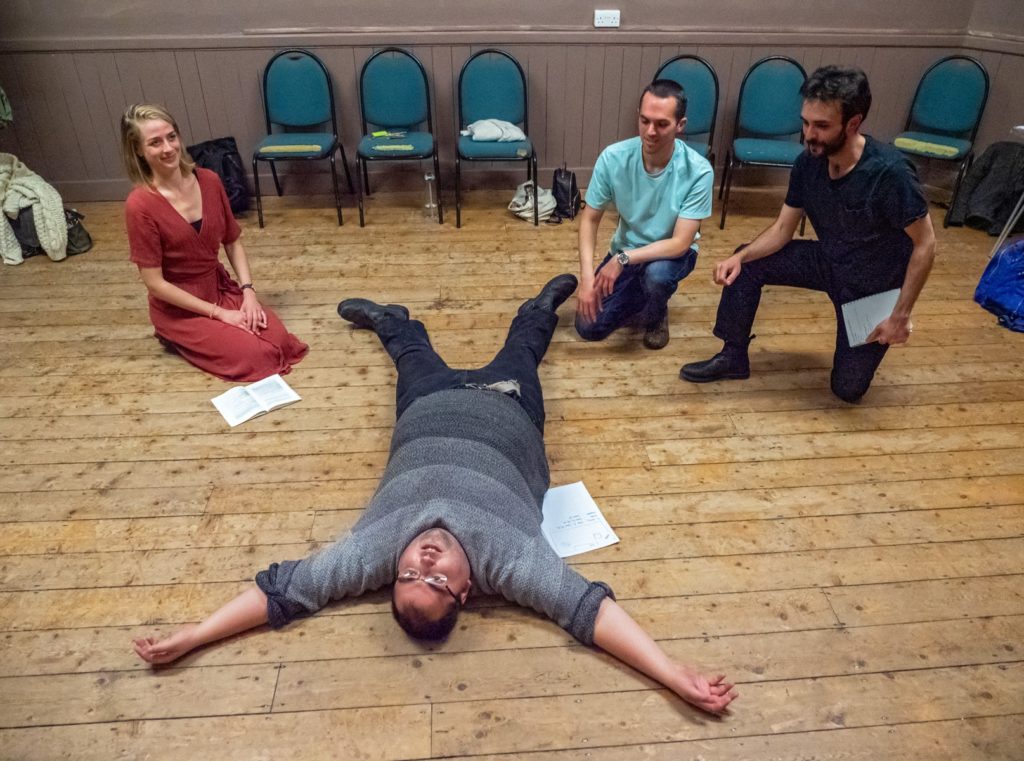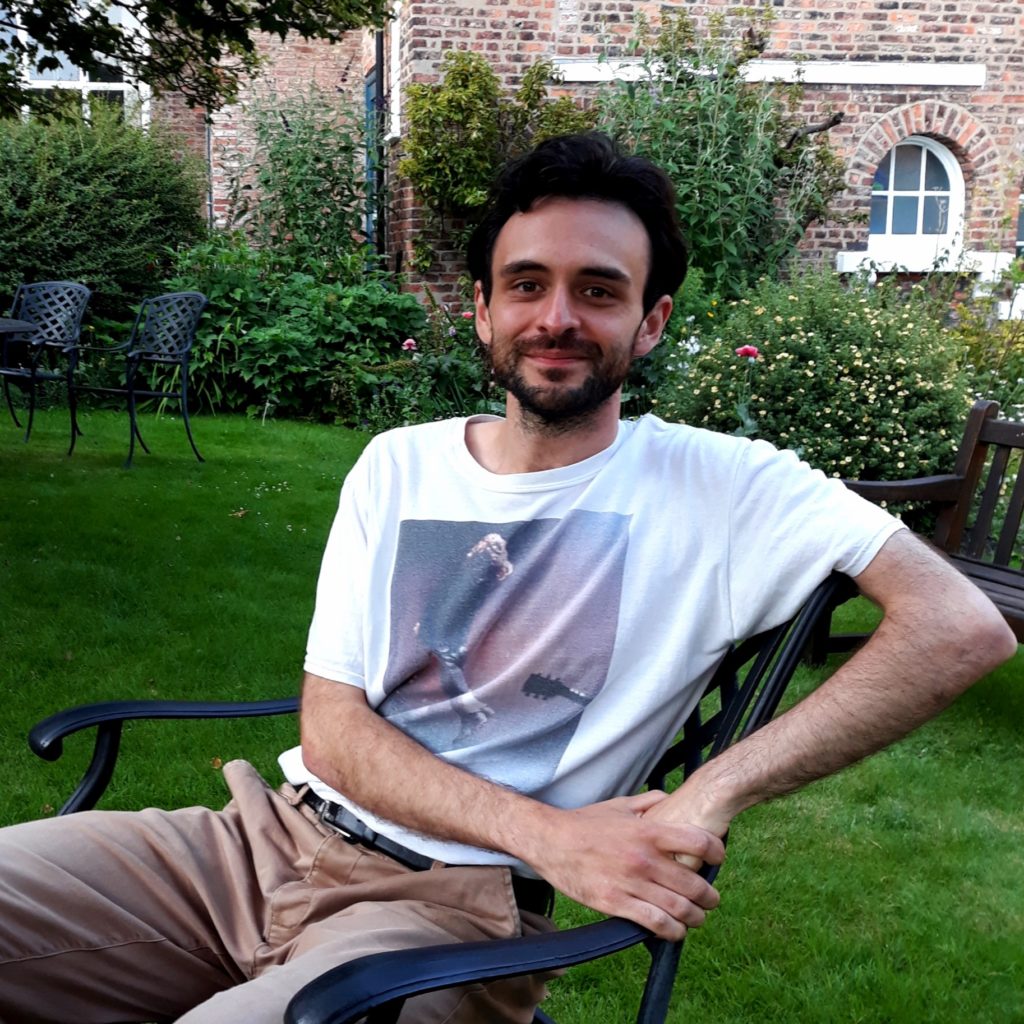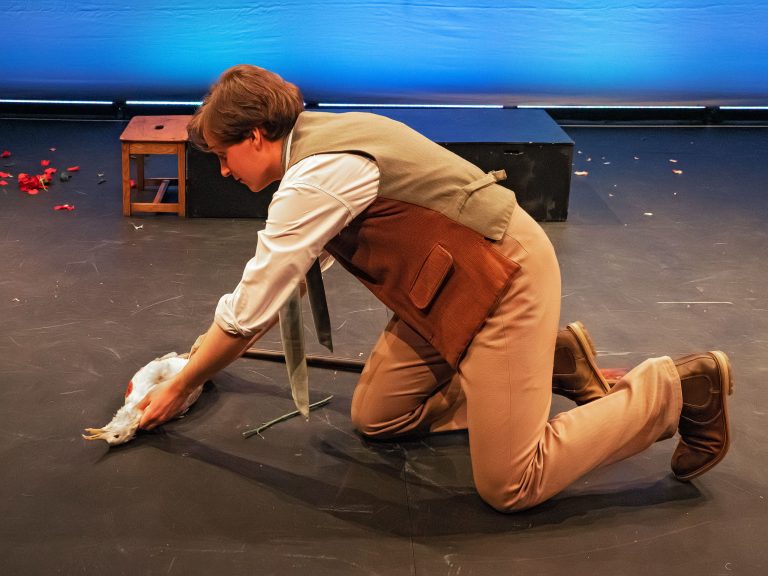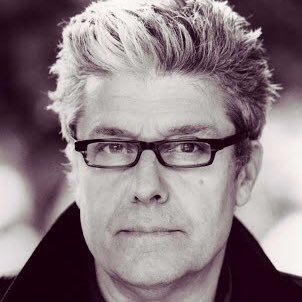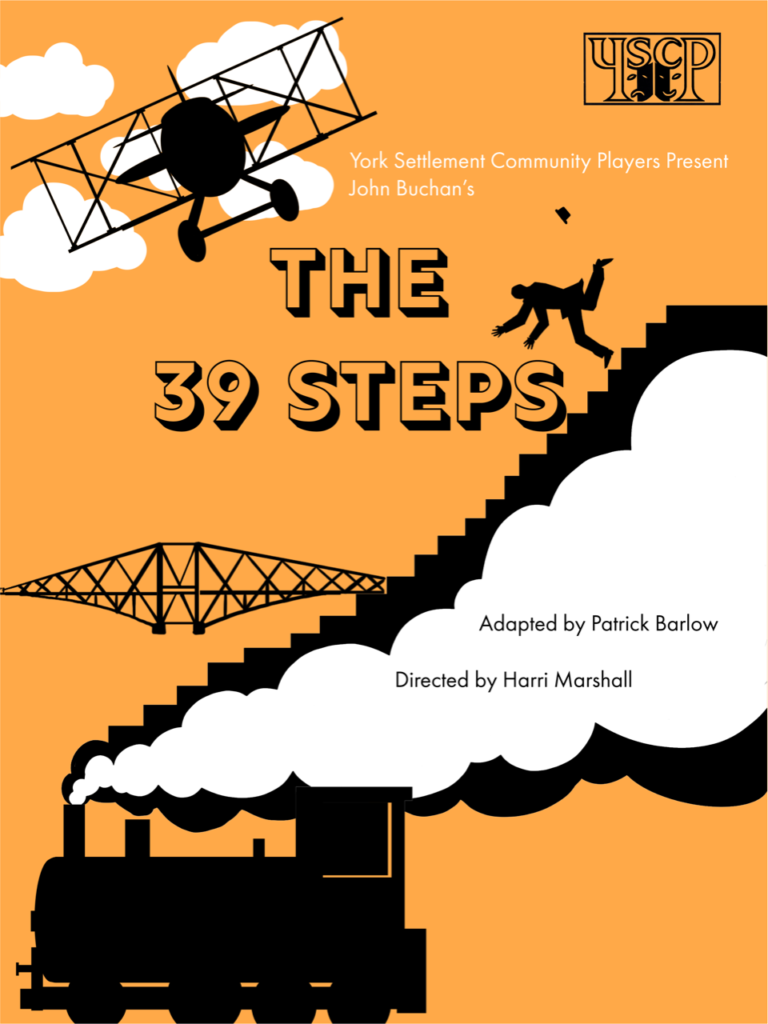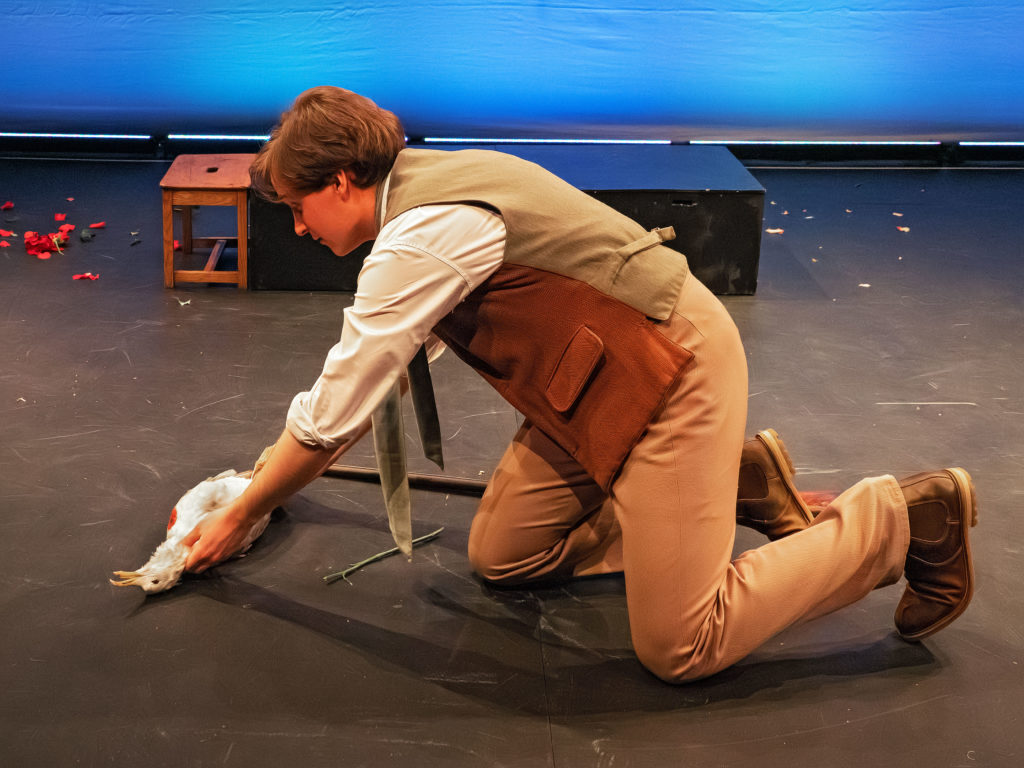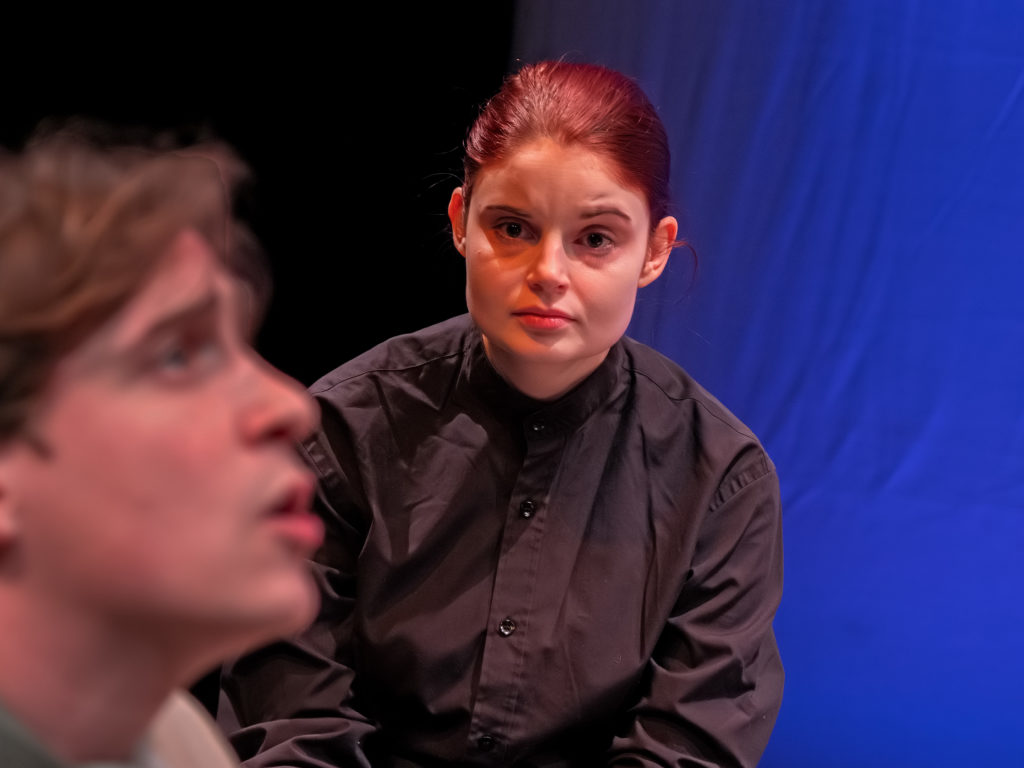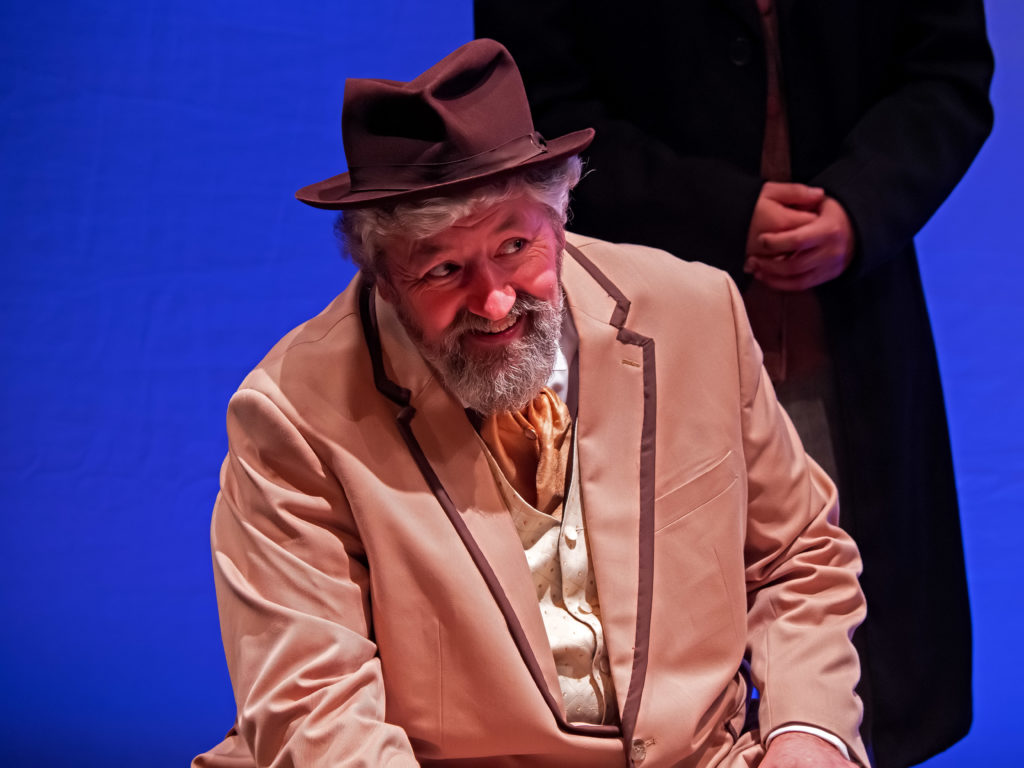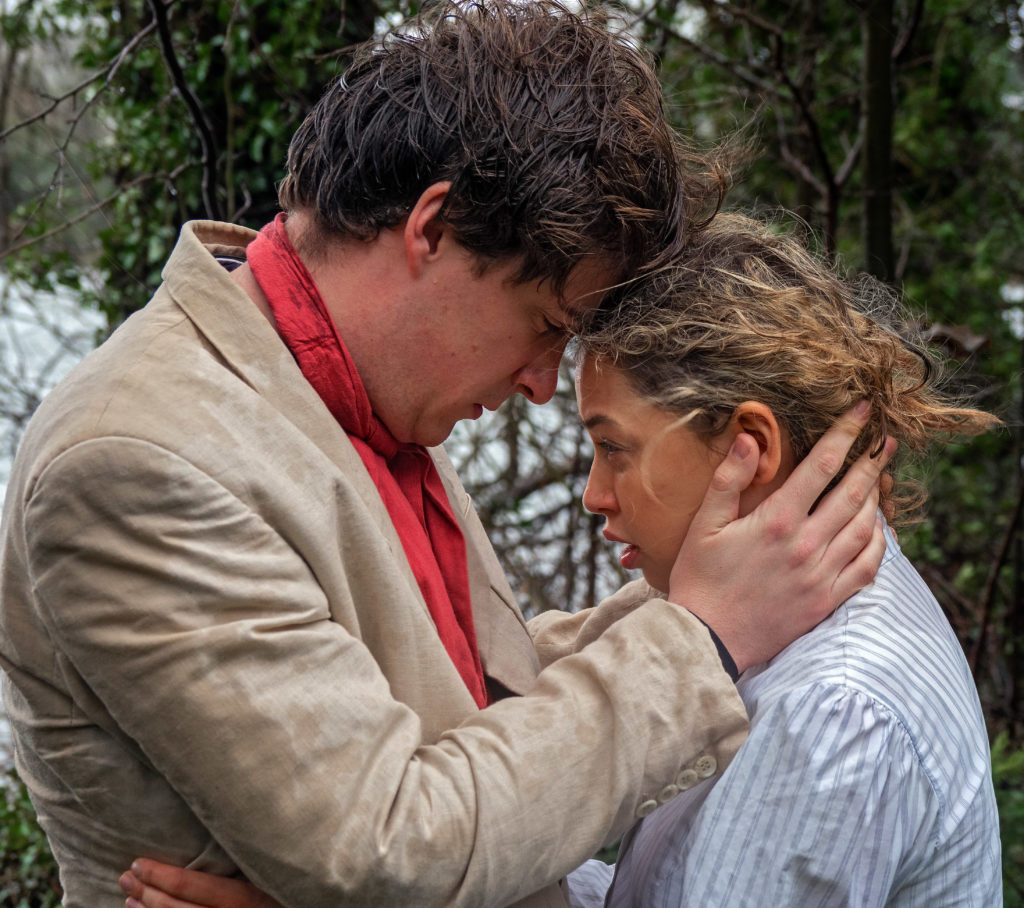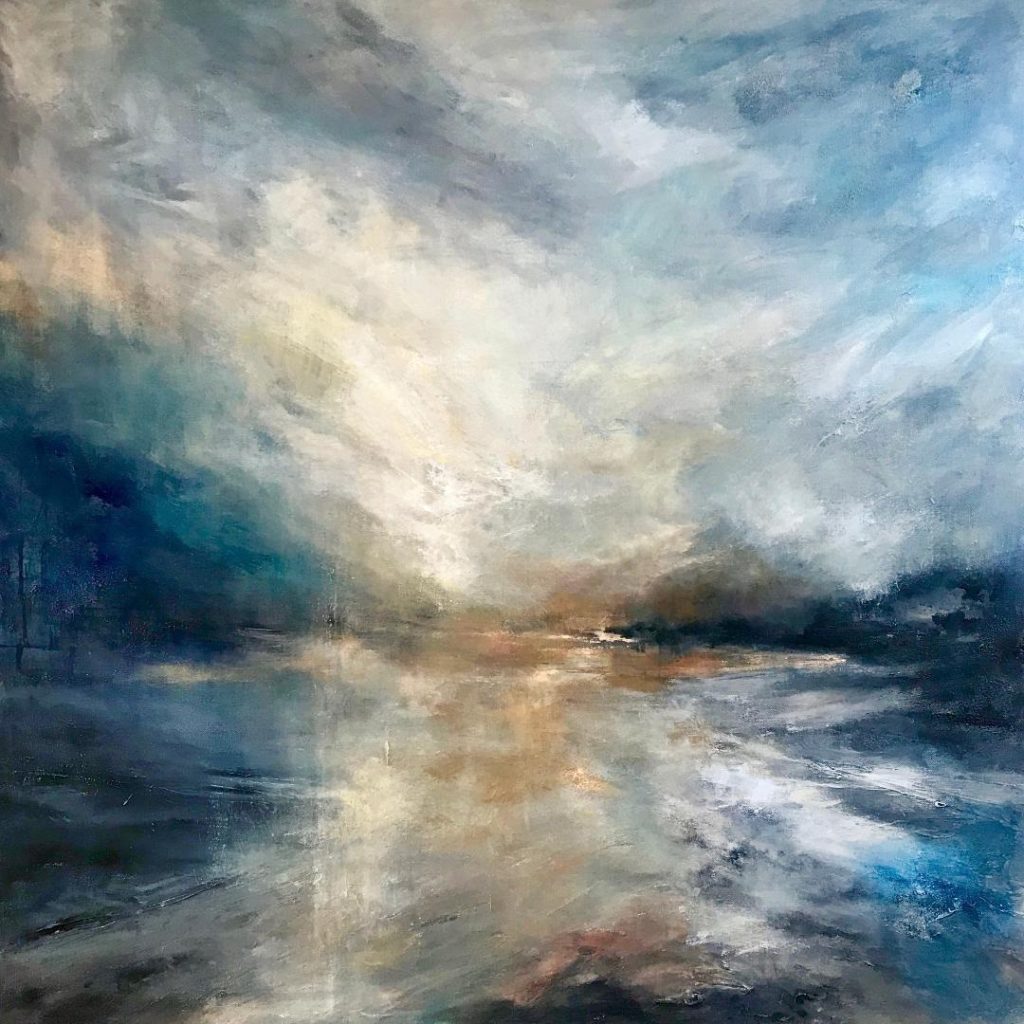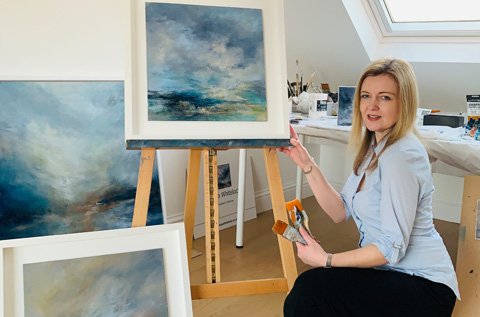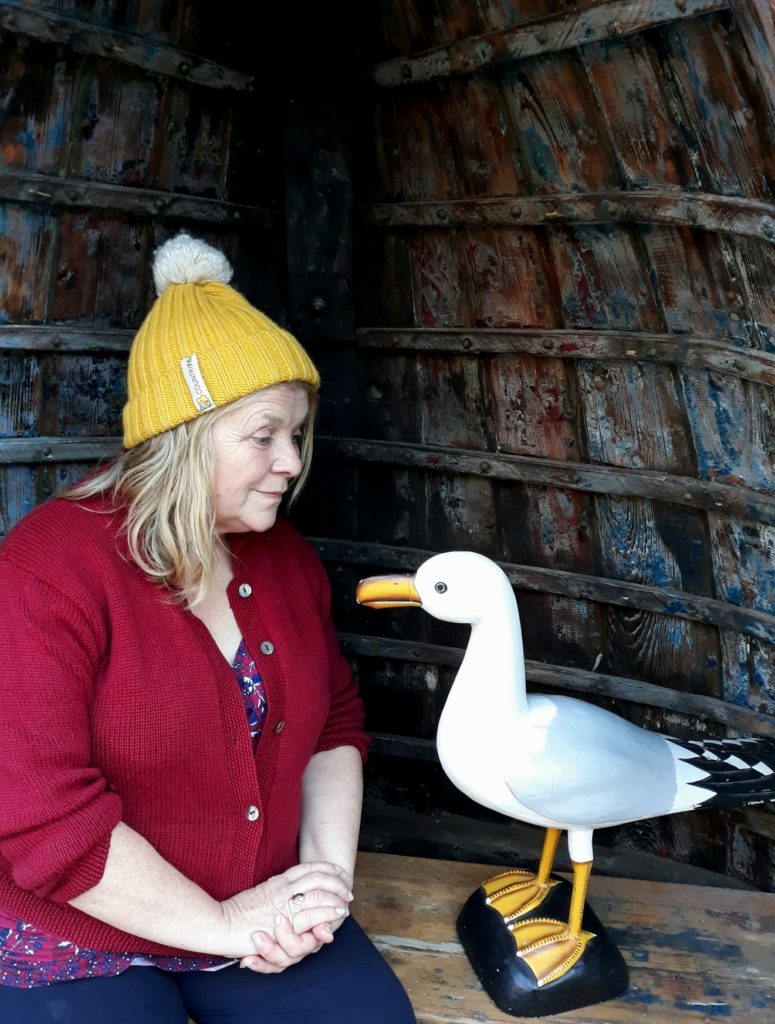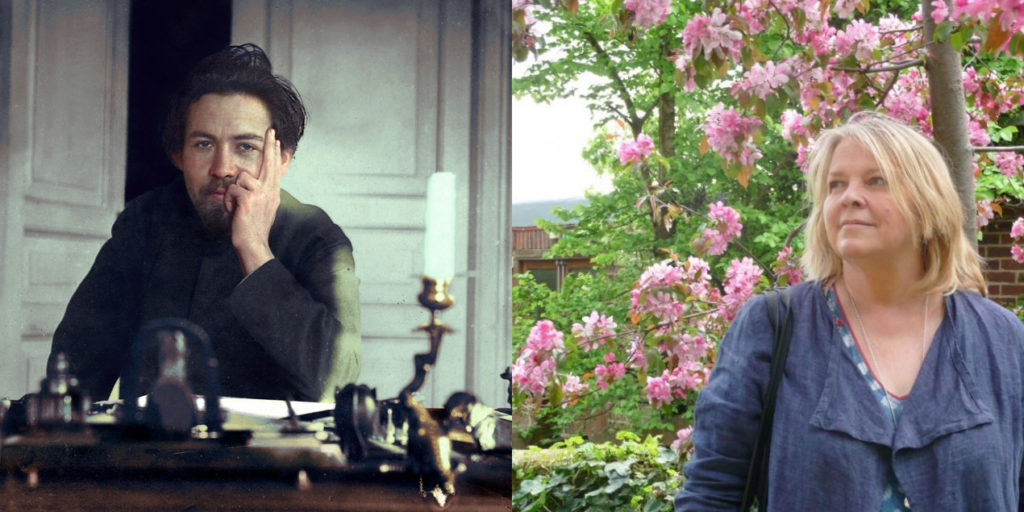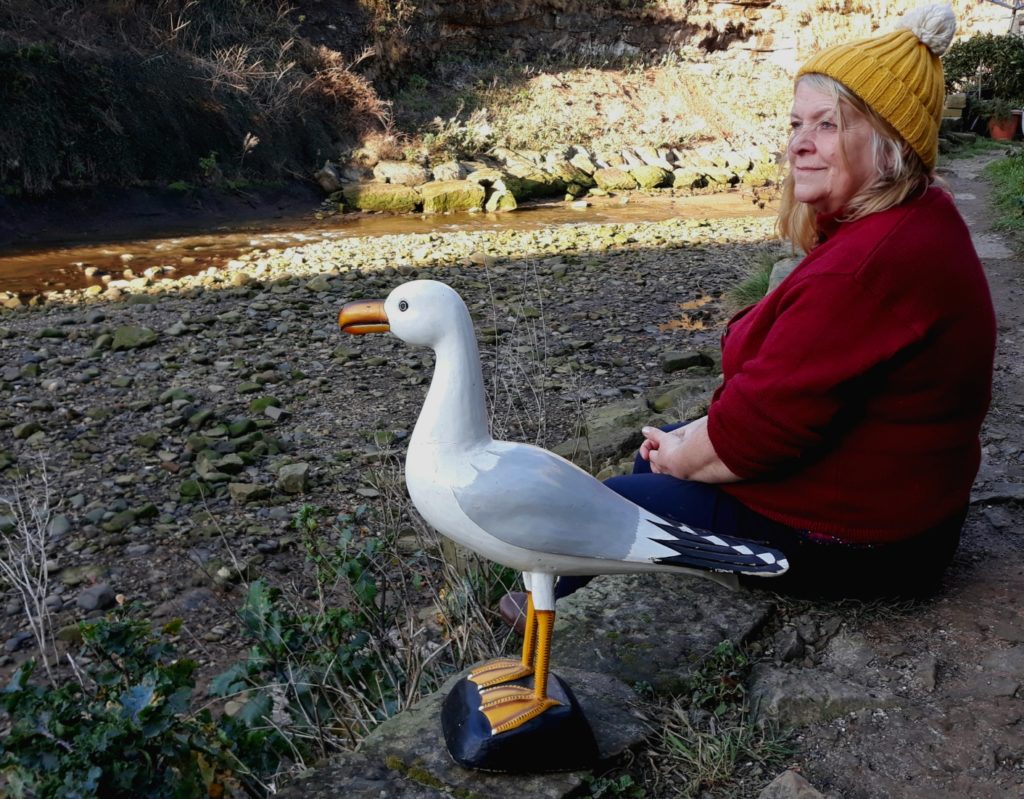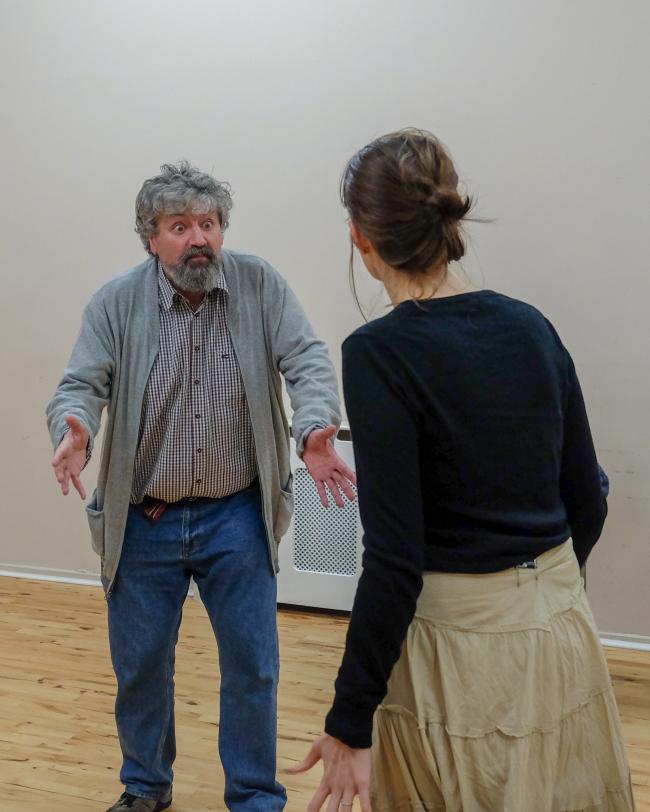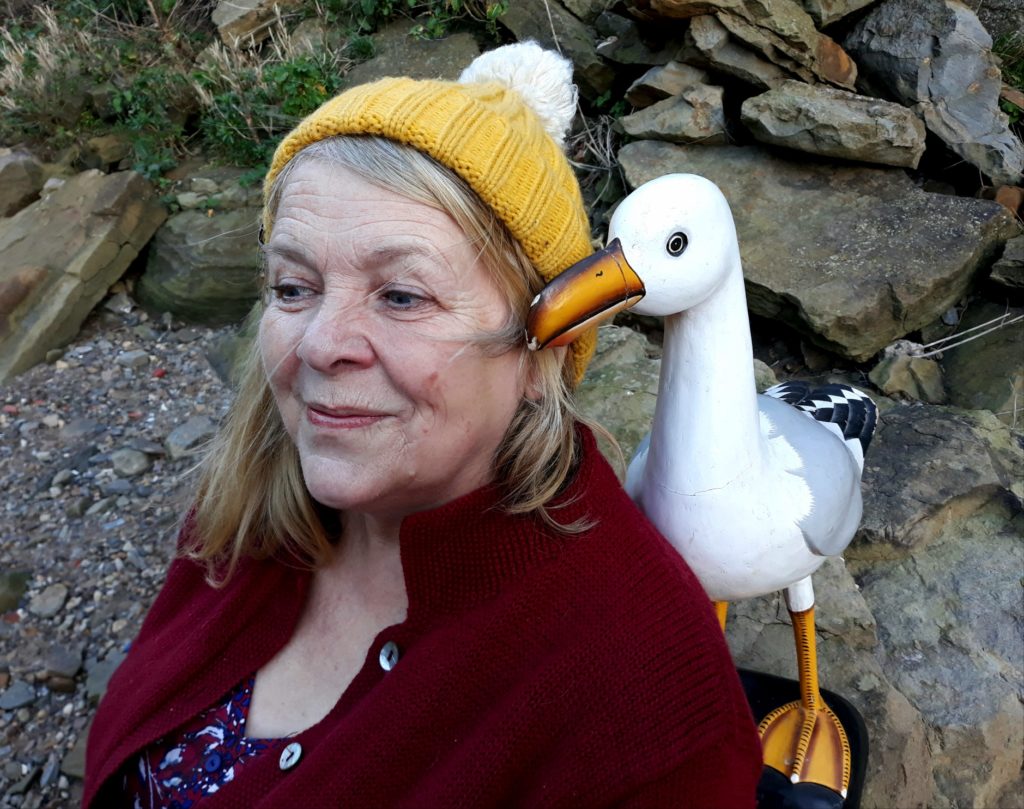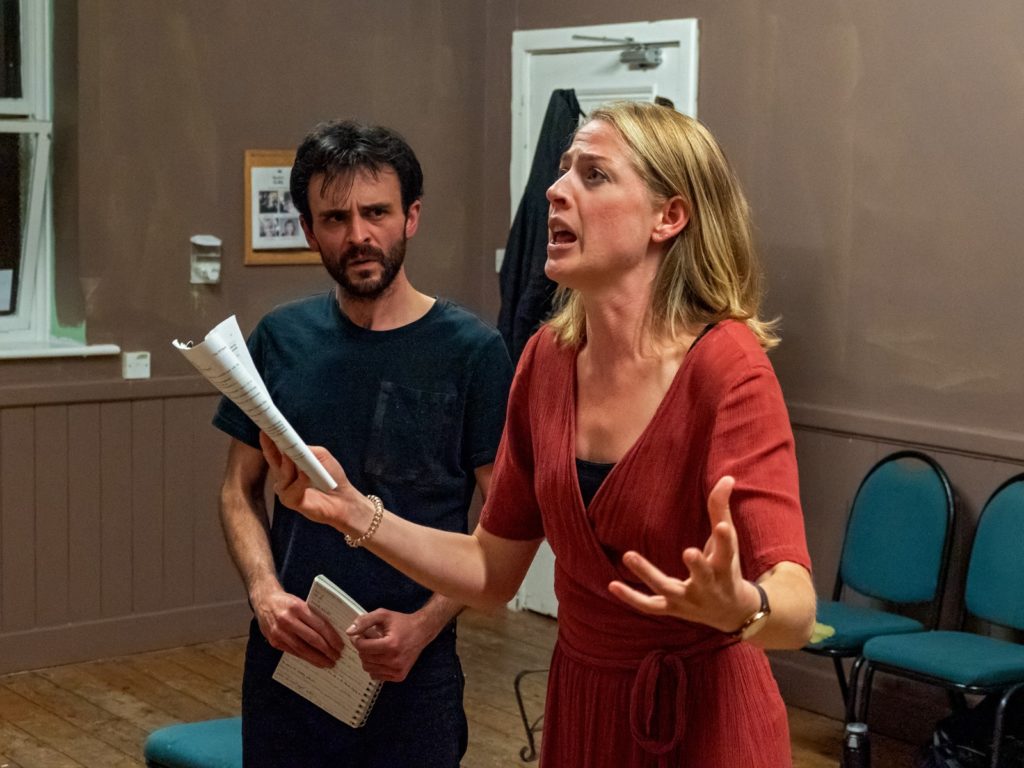
PATRICK Barlow’s riotous West End comedy hit The 39 Steps marks York Settlement Community Players’ return to live performance for the first time since March 2020.
Harri Marshall’s cast of eight takes to the John Cooper Studio stage at Theatre@41, Monkgate, York, from November 11 to 14.
“For the past 18 months, the UK feels like it’s lost its theatrical mojo, which is why I’m so excited to bring this light, wickedly funny play to Theatre@41 to share in the love and laughter and to showcase some brilliantly inventive theatre,” says Harri, who previously directed the Settlement Players in Hans Christian Andersen’s The Red Shoes at the Monkgate theatre in October 2019.
Settlement last trod the boards early last year, presenting Helen Wilson’s production of Chekhov’s The Seagull a week before the first pandemic lockdown locked in, since when the York company has hosted play readings and social meet-ups online.
Now, at last, Settlement’s players can breathe in stage air once more as they take on the breath-taking challenge of performing a two-time Tony and Drama Desk Award-winning comedy thriller that seeks to combine John Buchan’s 1915 novel, The Thirty-Nine Steps, with Alfred Hitchcock’s 1935 film, The 39 Steps, in a blend of virtuoso performance and wildly inventive stagecraft.
More than 150 characters must make an appearance as Marshall’s cast re-create both the book and film scenes, telling the story of Richard Hannay, a man with a boring life, who encounters a woman with a thick accent who says she’s a spy. When he takes her home, she is murdered. Soon, a mysterious organisation called The 39 Steps is hot on Hannay’s trail in a nationwide manhunt that climaxes in a death-defying finale.
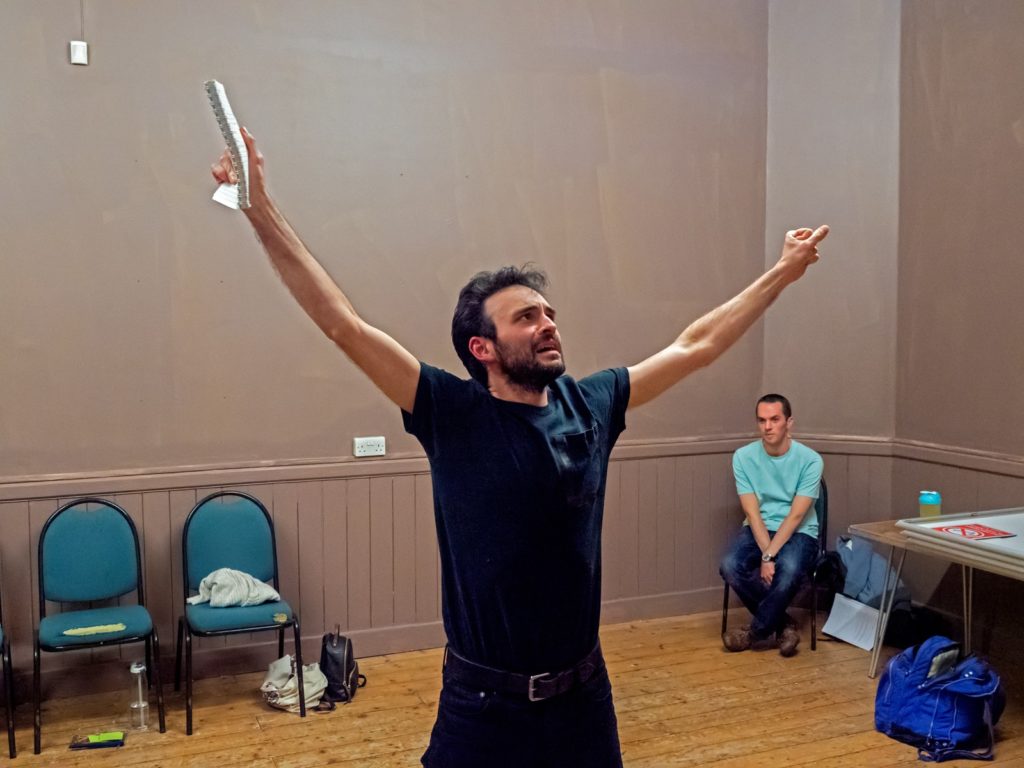
“Rehearsals are going very well,” says Harri, who identifies as a deaf director. “We started at the deep end, plunging into the logistics of how to re-create those fabulous iconic scenes that make The 39 Steps famous when it debuted on the West End.
“This includes re-creating chase sequences on board the Flying Scotsman and a live on-stage plane crash! I’m very lucky to be working with such a talented cast. Every single performer is a brilliant star in their own right. Their collective repertoire includes credits at the London Coliseum, York Theatre Royal, York Light Opera, the York Mystery Plays, Pick Me Up Theatre and Settlement shows such as The Cherry Orchard and The Red Shoes.”
Aran MacRae, who has returned to York after West End, national tour and overseas professional roles, will play Richard Hannay; Sanna Buck will split herself in three as Annabella Schmidt, Pamela and Margaret; Stephen Wright, Andrew Isherwood, Jim Paterson, Matt Pattison, Matt Lomax and Daniel Boyle will handle the remaining roles between them in the guise of The Clowns.”
Harri was attracted to directing The 39 Steps in this crazy comic caper format – adapted by Barlow from an original concept by Simon Corble and North Country Theatre founder Nobby Dimon – by “the challenge of the play and how it could entertain an audience, drawing them back to the theatre after the venues have been shut for so long”.
“I really wanted to sink my teeth into something where my approach was a wild ‘how an earth do I do this?’. So many of the iconic scenes that make it well loved are insane for any director to choreograph and work through,” she says.
“I didn’t want to shy away from stretching my imagination and creativity. I also saw it as an opportunity for performers to flex their skill in the form of multi-role playing and working as disciplined ensemble. It’s the ultimate play that everyone can enjoy and revel in!”
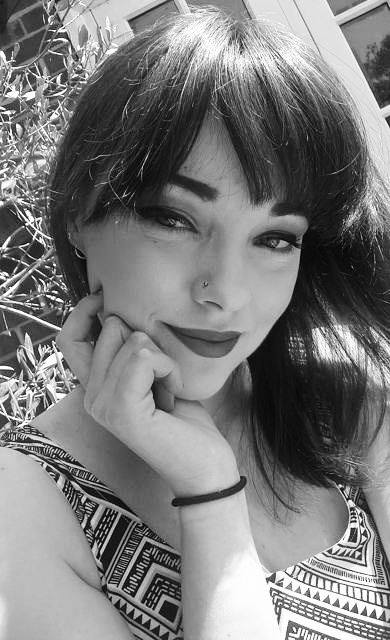
Faced with staging a fast-moving piece with regular changes of location, Harri has settled on a design as relaxed it can be within Covid restrictions. “It was important to me to ensure that the audience and performers could feel relaxed at all times,” she says.
“This is why we’re going for a cabaret-style set-up, ensuring people are welcome to come and go as they please, get drinks from the bar whenever they like, and the performers can really interact and play with the space.
“It’s so fast paced that massive sets just weren’t going to work. Our performance will be a rollercoaster of activity that I have no doubt the audience are just going to love! “
To pull off this whodunit, with its multitude of characters, a plane crash, handcuffs, missing fingers and old-fashioned romance, Barlow’s “needs-must” style of comedy in the face of adversity requires completely straight faces from the actors. “That’s easier said than done!” says Harri. “There’s definitely going to be a lot of hidden smiles and giggles. In rehearsal this is one of my biggest notes ‘to not corpse’!
“The cast are just so playful and entertaining, it’s hard not to be swept up in the comedy of it all. They’re gradually getting there. The more we rehearse, the more everyone gets better at staying blank-faced. Although I do think this is half the joy of doing a comedy performance, if the cast and crew are having great fun and the audience can feel that everyone is going to have an excellent time.”
Have Buchan’s juicy spy novel and Hitchcock’s thriller been important research tools for Harri? “The novel not so much, but the film certainly, to find how the thriller elements of the play can be transcribed to the performance,” she says.
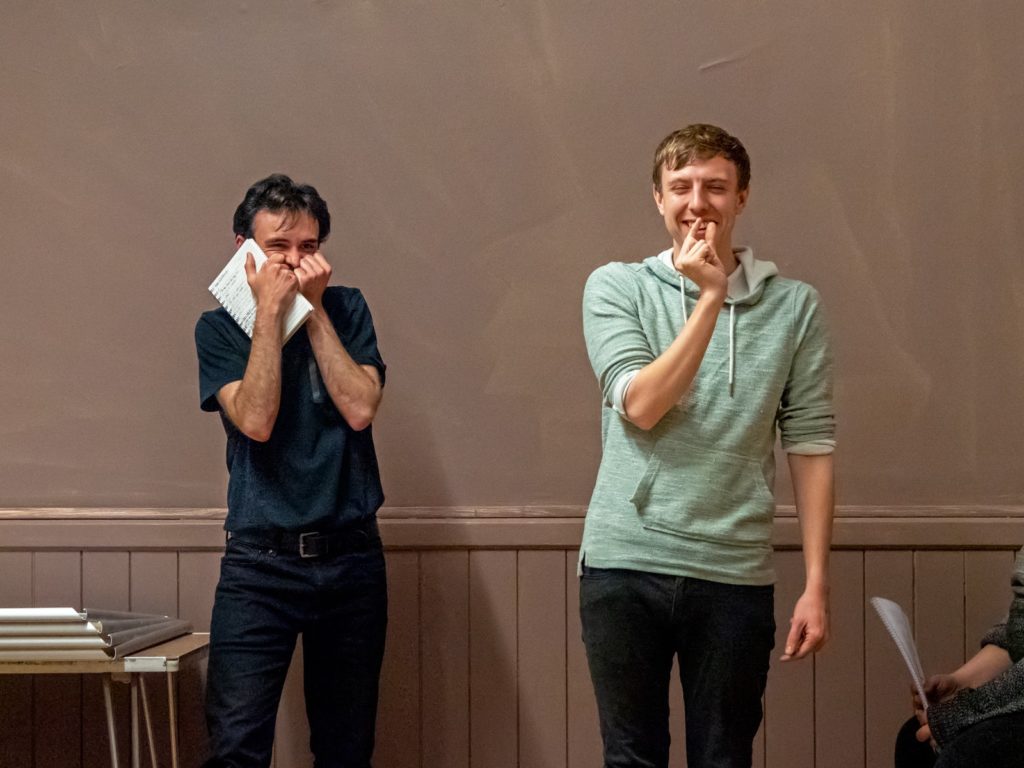
“My biggest research tool was having the privilege to chat to Simon Corble, one of the writers of the original stage adaptation. I took on a lot of Simon’s advice and, in a lot of ways, our version has ended up nodding to the original performance that was done before the show took to the West End in Patrick’s version. Elements such as focusing on the storytelling, the ensemble and how less can be more in terms of set, lighting and sound.
“In its original form, this play was meant to tour regionally to studio spaces, so it feels very much like a homecoming for The 39 Steps to be staged at Theatre@41.”
Further research tools involved making set and props to enable Harri and her cast to learn to play with objects so that they could have multiple purposes. “That way we could really stretch the parameters creatively to discover what worlds we could build within the play,” she says.
“The performance itself should be an adventure, a challenge, and a lot of fun for both the cast and myself, and we’ve certainly had fun in the last couple of months bringing this play to life.”
As the director, Harri must achieve the balance between the comedy and the thriller elements. “You have to find those human moments within the play that can get your heart racing or that will make you lean forward in your seat. Where the audience are desperate to listen and discover the secrets of The 39 Steps,” she says.
“It’s wonderful, once we’ve found those moments, to tease the audience into believing they know what’s going on and then subverting expectation. Balancing it against the comedy is certainly no easy task; it takes careful timing, pace and energy.”
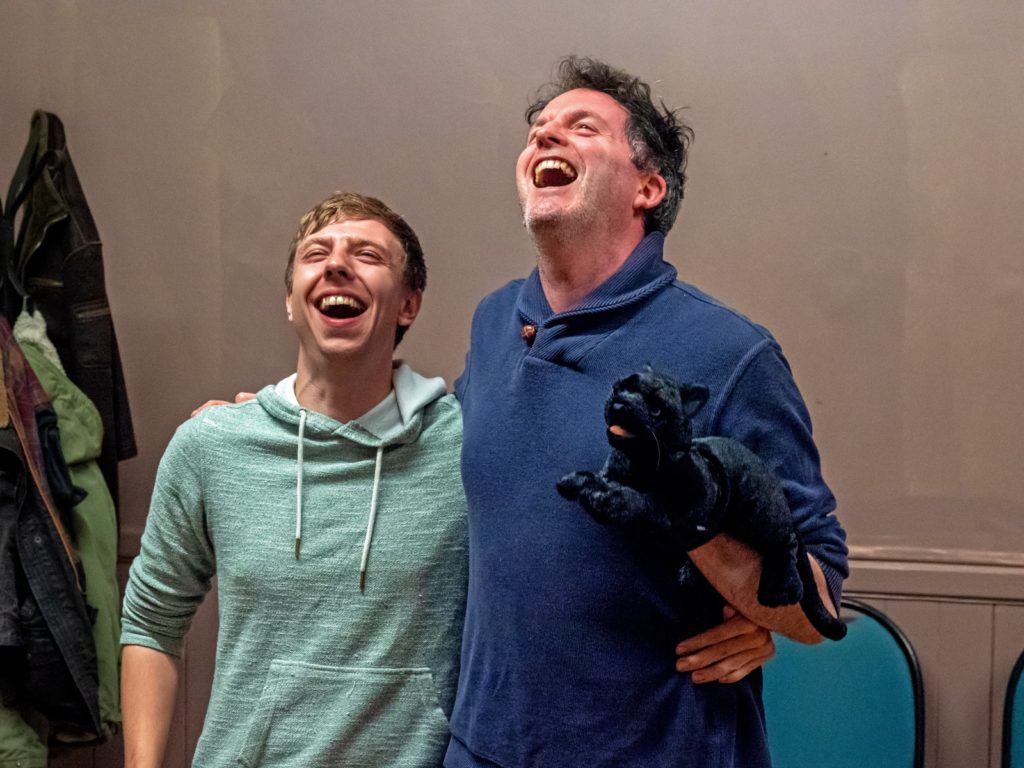
The lead role goes to actor, singer, songwriter and musician Aran MacRae, who made a low-key return to the York stage as a sonneteer in York Shakespeare Project’s Sonnets At The Bar at the Bar Convent Living Heritage Centre in July, but now steps centre stage once more.
“I’d heard about Aran when he was playing Tink in the Bat Out Of Hell tour, so I was delighted to know that he wanted to audition,” says Harri. “It was one of those cheesy moments when I just knew, because as soon as he walked in the room I knew he’d be perfect.
“This was confirmed during his audition: he had this brilliant playfulness, balanced against being earnest when required, and he always wanted to discover and apply new ideas and methods of doing things. Aran, as with the rest of the cast, is so so talented and as a director it’s been a dream to work with them all.”
York Settlement Community Players present John Buchan and Alfred Hitchcock’s The 39 Steps, November 11 to 14; 7.30pm, Thursday and Friday; 2.30pm, 7.30pm, Saturday; 2.30pm, Sunday. Box office: tickets.41monkgate.co.uk.
Please note, all performances will be captioned via the Difference Engine from Talking Birds (with captions delivered to audience members’ own mobile devices via a free app).
